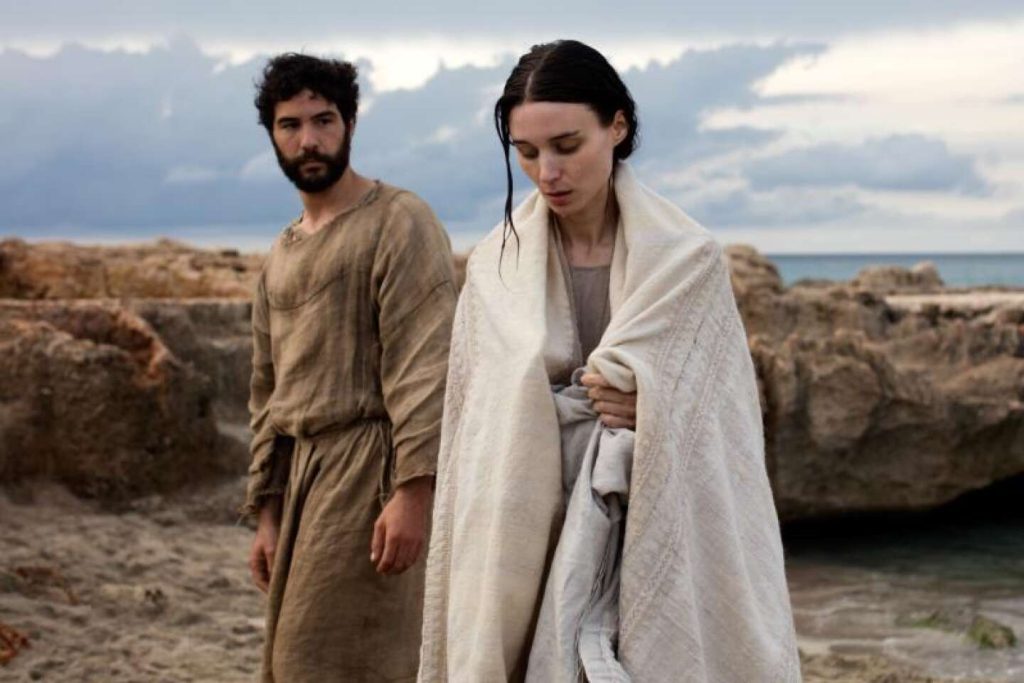Marie Magdalene has long been a figure of fascination and interpretation in literature, art, and film. Often portrayed as a saint, a mystic, a prostitute, a hairdresser, or a noblewoman, dressed in various ways from nude to austere, she has been a central character in Easter liturgies as witness to Christ’s Resurrection. However, she remains largely misunderstood. Chantal Reynier, a professor of biblical exegesis at the Center Sèvres, notes the complexity and contradictory interpretations that have surrounded her over the centuries. Many portrayals have distorted her image, presenting her as a femme fatale or suggesting that human love must be converted into divine love.
Marie-Madeleine is mentioned thirteen times in the canonical Gospels, providing few details about her life. She is one of the few women named for herself, rather than as a wife or sister. Her family and marital status are unknown. The meaning of her name is also mysterious, with potential interpretations ranging from educator to weaver of fishing nets. Commonly, Magdala is believed to be the name of a fishing village near the Sea of Galilee, where she may have originated. The Gospel of Luke mentions that seven demons were cast out of her, a phrase that has sparked various interpretations. Some see it as metaphorical for repentant sins, while others view it as a miraculous healing by Christ.
The interpretation of Marie-Madeleine’s significance is complex and multifaceted, with diverse portrayals across different sources. Various scholars and artists have approached her story in different ways, enhancing her enigmatic and emotional character. The portrayal of her as a pivotal figure in Christ’s life varies, with some focusing on her repentance and redemption, while others emphasize her role as a witness to the Resurrection. The film “Marie Madeleine”, directed by Garth Davis and featuring Tahar Rahim and Rooney Mara, delves into this complexity, offering a nuanced portrayal of the iconic figure.
The enigmatic figure of Marie-Madeleine continues to captivate audiences and scholars alike, sparking debates and interpretations about her true identity and significance. It is clear that her story is rich with symbolism and meaning, reflecting the complexities of human nature and spirituality. Through various representations in literature, art, and cinema, Marie-Madeleine’s legacy endures, inviting audiences to reconsider her role and impact in the Christian narrative. As a woman whose story has been shrouded in mystery and controversy, Marie-Madeleine remains a figure of fascination and intrigue, eliciting diverse interpretations and responses from different perspectives.
In conclusion, Marie-Madeleine’s story is a testament to the enduring power of myth, symbolism, and religious narrative. Her complex and enigmatic character continues to inspire artists, scholars, and audiences, inviting them to explore the depths of her identity and significance. Through diverse interpretations and representations, Marie-Madeleine’s legacy endures as a symbol of redemption, witness, and mystery. Whether portrayed as a saint, a sinner, a lover, or a follower, Marie-Madeleine’s story remains a compelling and multi-faceted narrative that continues to capture the imagination and curiosity of audiences around the world.


